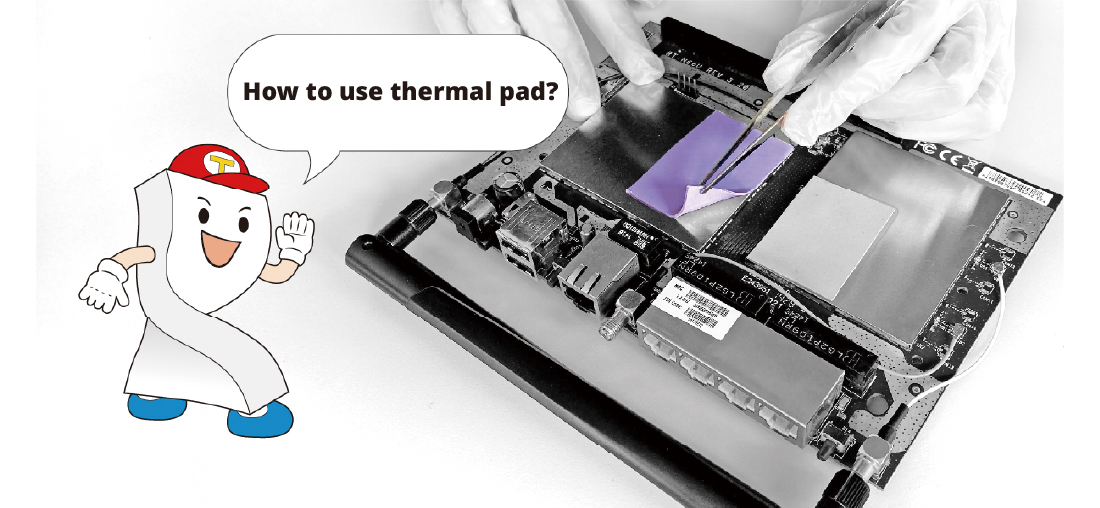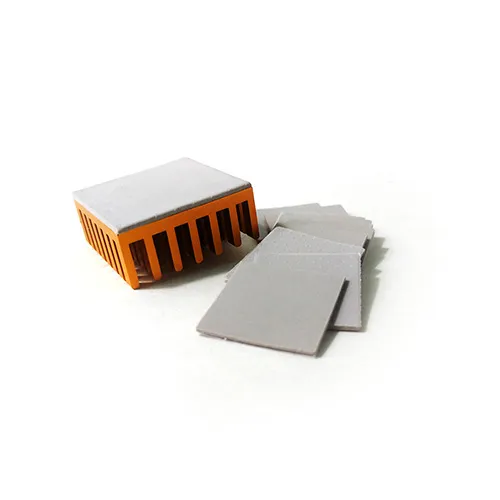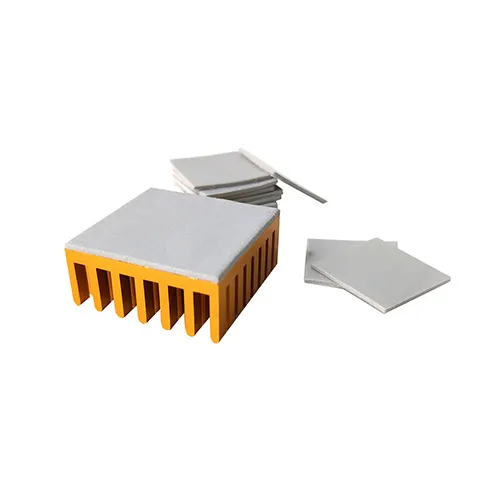In accordance with the European Union’s General Data Protection Regulation (GDPR), we are committed to safeguarding and ensuring your control over your personal data. By clicking “Accept All” you are permitting us to use cookies to enhance your browsing experience, assist us in analyzing website performance and usage, and deliver relevant marketing content. You can manage your cookie settings below. By clicking “Confirm” you are agreeing to the current settings.
TG-A1660 Ultra Soft Thermal Pad
- High thermal conductivity
- Low thermal impedance
- Good insulation
By using a special process, we use the silicone as the base material, adding thermal conductive powder and flame retardant together to make the mixture to become thermal interface material. This is effective in lower the thermal resistance between the heat source and the heat sink.
TG-A1660 thermal pad has a high thermal conductivity 16.6W/m·K, the flexible characteristics of soft materials can be attached to uneven surfaces, which fully conducts the heat source to the metal shell or diffuser plate to improve the efficiency and service life of the heating electronic components.
Best for high power applications, high-wattage electronics such as electric vehicles, automation, 5G applications, servers, etc. It is extremely suitable for high-efficiency products, electric vehicles, automation, 5G applications, servers, and other high-wattage electronic products. It is a kind of thermal interface combined by a special process with silicone as the base material, adding various auxiliary materials such as thermal powder, flame retardant, etc. Material. It can effectively reduce the contact thermal resistance between the surface of the heat source and the surface of the heat sink.
Applications:
Electronic components - 5G, Aerospace, AI, AIoT, AR/VR/MR/XR, Automotive, Consumer Devices, Datacom, Electric Vehicle, Electronic Products, Energy Storage, Industrial, Lighting Equipment, Medical, Military, Netcom, Panel, Power Electronics, Robot, Servers, Smart Home, Telecom, etc.

Tearing off the release paper.
Attach the thermal pad to the heat source.
Remove the protective film.
Apply components onto the exposed part.
Thermal Conductivity
Dielectric Breakdown Voltage
Hardness




